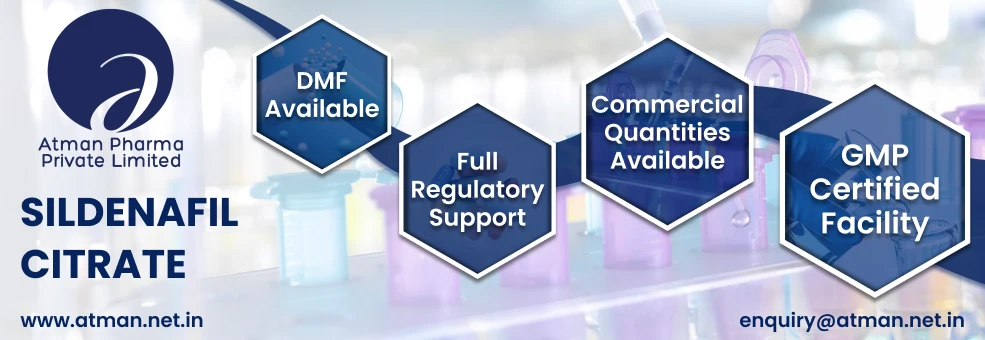


03 Mar 2025
// FDA
https://www.fda.gov/safety/recalls-market-withdrawals-safety-alerts/one-source-nutrition-inc-issues-voluntary-nationwide-recall-vitality-capsules-due-presence-0

11 Dec 2024
// FDA
https://www.pharmacompass.com/pdf/news/enforcement-report-week-of-december-11-2024-90405.pdf

10 Dec 2024
// GLOBENEWSWIRE
https://www.globenewswire.com/news-release/2024/12/10/2994507/30757/en/Dar%C3%A9-Bioscience-Announces-Publication-in-Sexual-Medicine-of-Positive-Findings-from-Demographic-Behavioral-and-Medication-Use-Subgroup-Analyses-in-the-Phase-2b-RESPOND-Clinical-Stud.html

06 Nov 2024
// FDA
https://www.fda.gov/safety/recalls-market-withdrawals-safety-alerts/vitalityvita-issues-voluntary-nationwide-recall-vitalityxtra-and-peakmax-capsules-due-presence

05 Nov 2024
// FDA
https://www.fda.gov/safety/recalls-market-withdrawals-safety-alerts/boulla-llc-issues-voluntary-nationwide-recall-zoommax-and-zapmax-capsules-due-presence-undeclared

09 Oct 2024
// FDA
https://www.pharmacompass.com/pdf/news/enforcement-report-week-of-october-9-2024-25441.pdf
